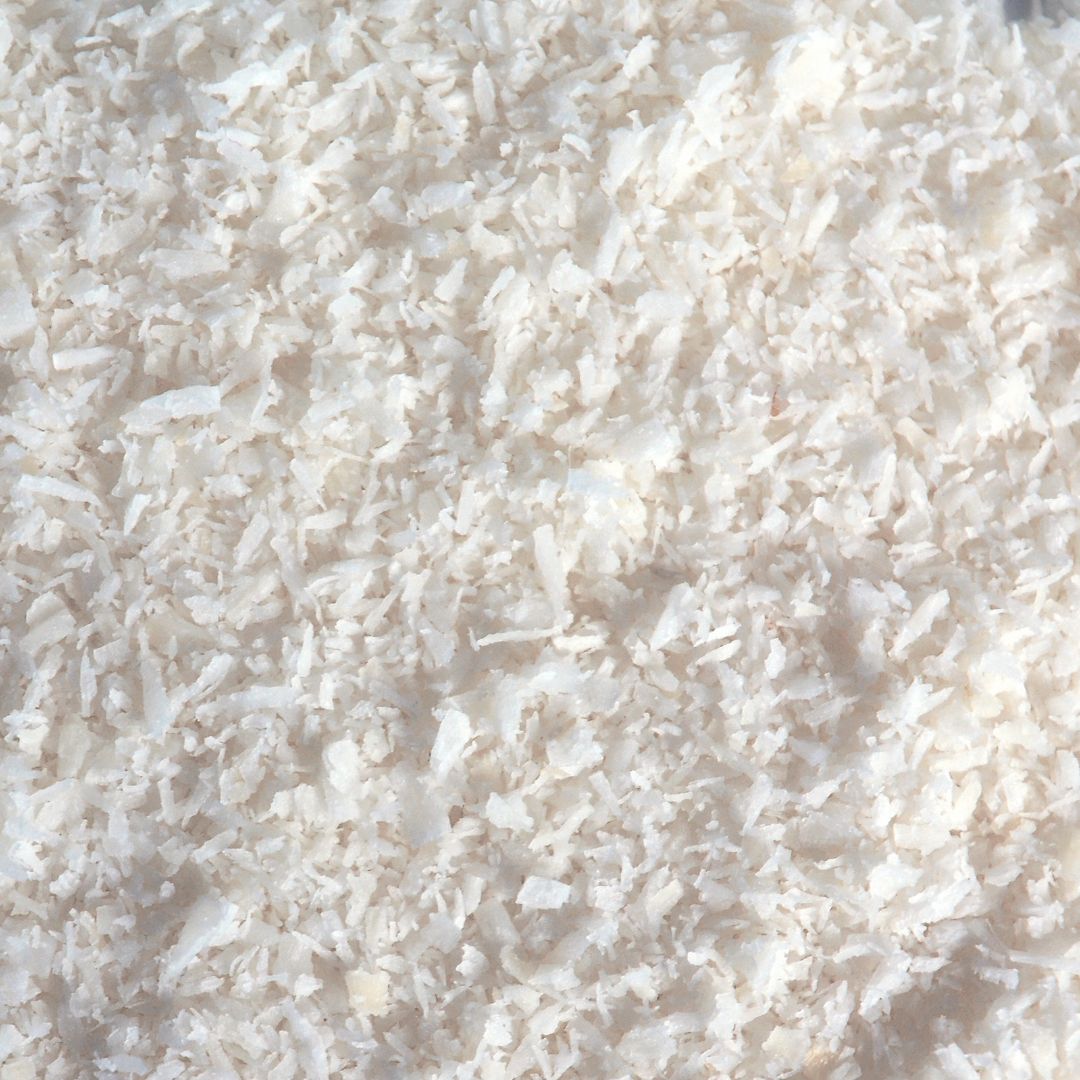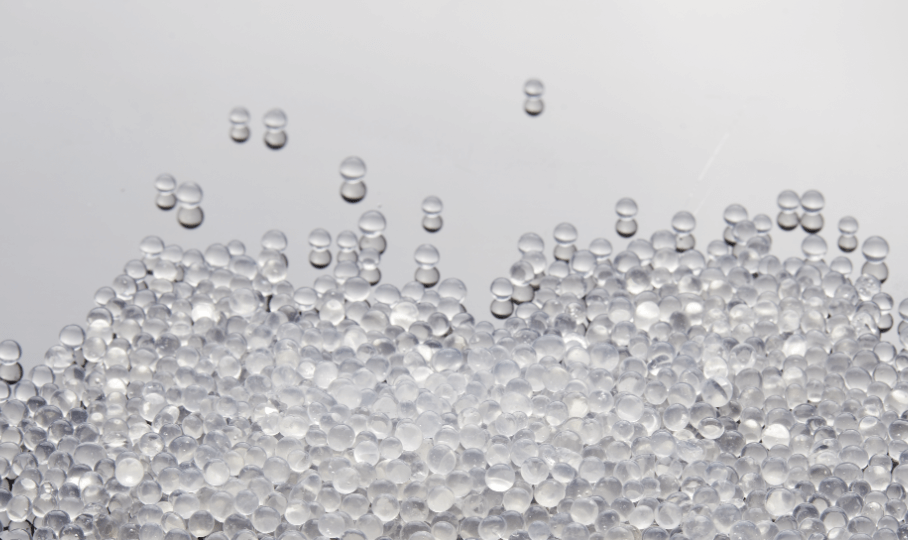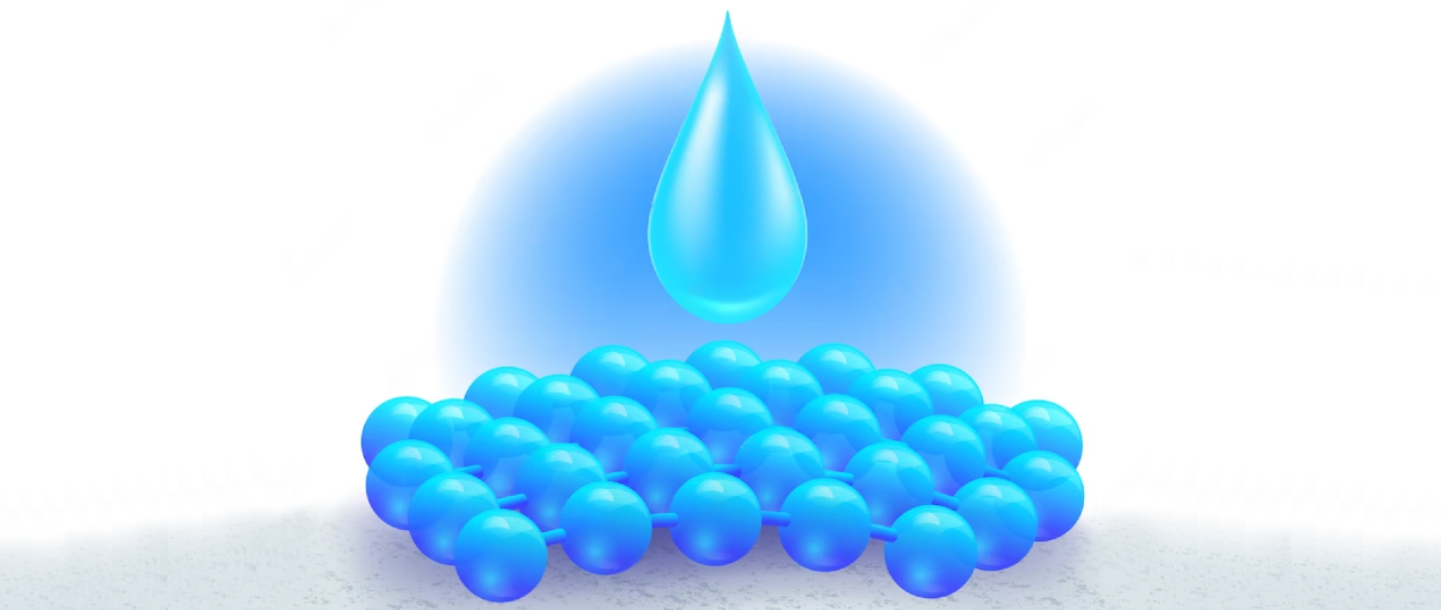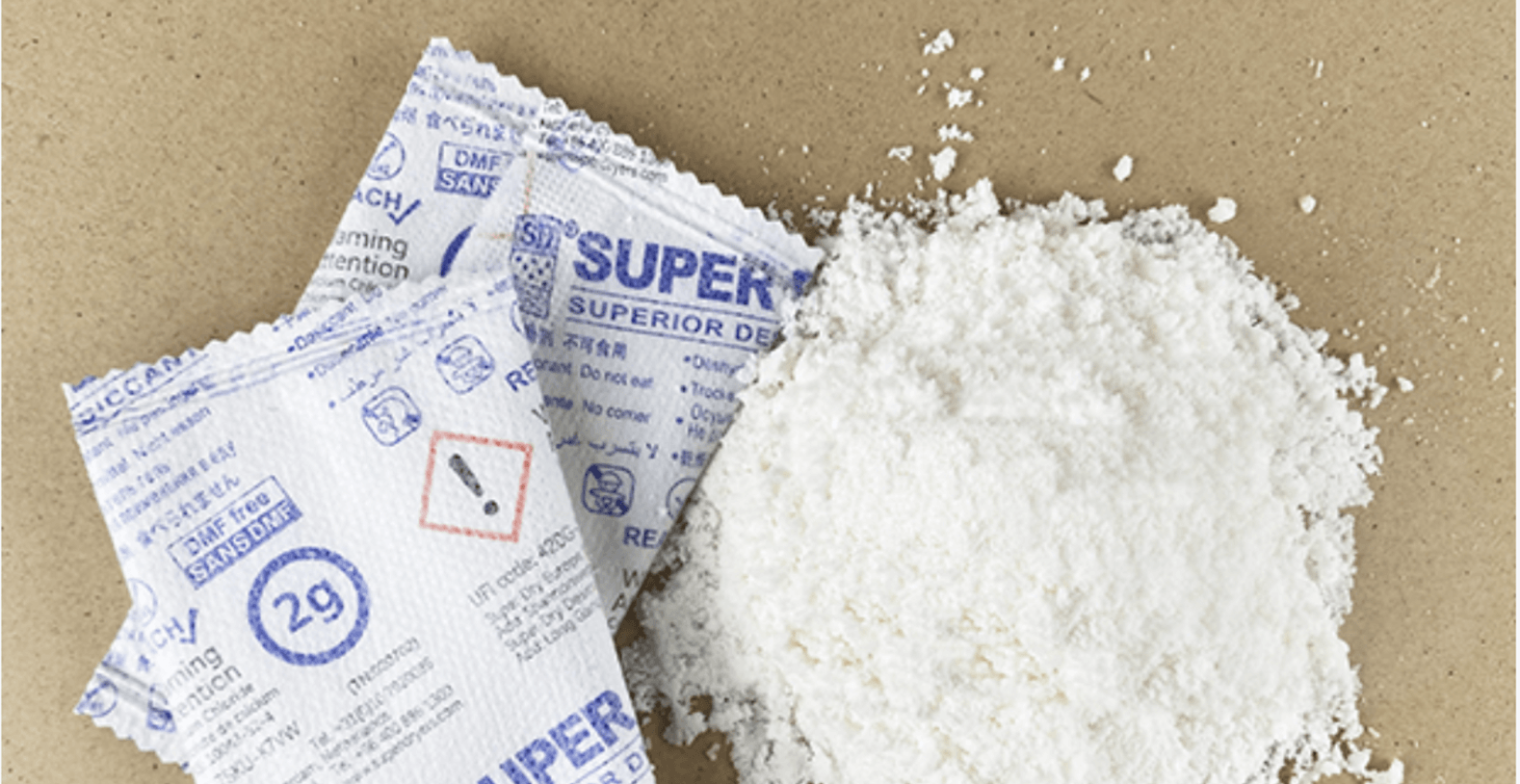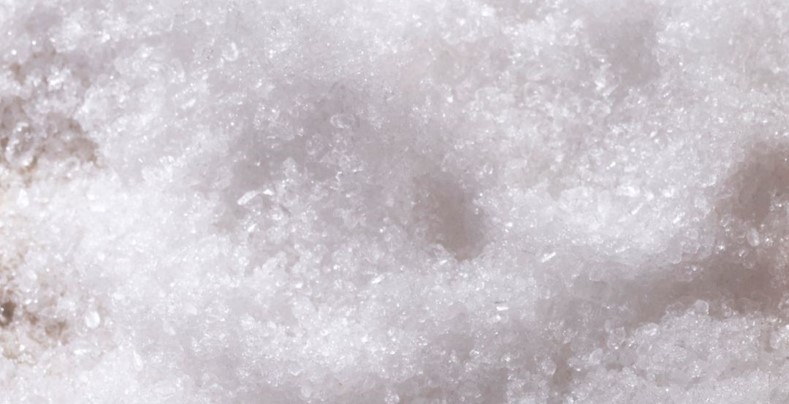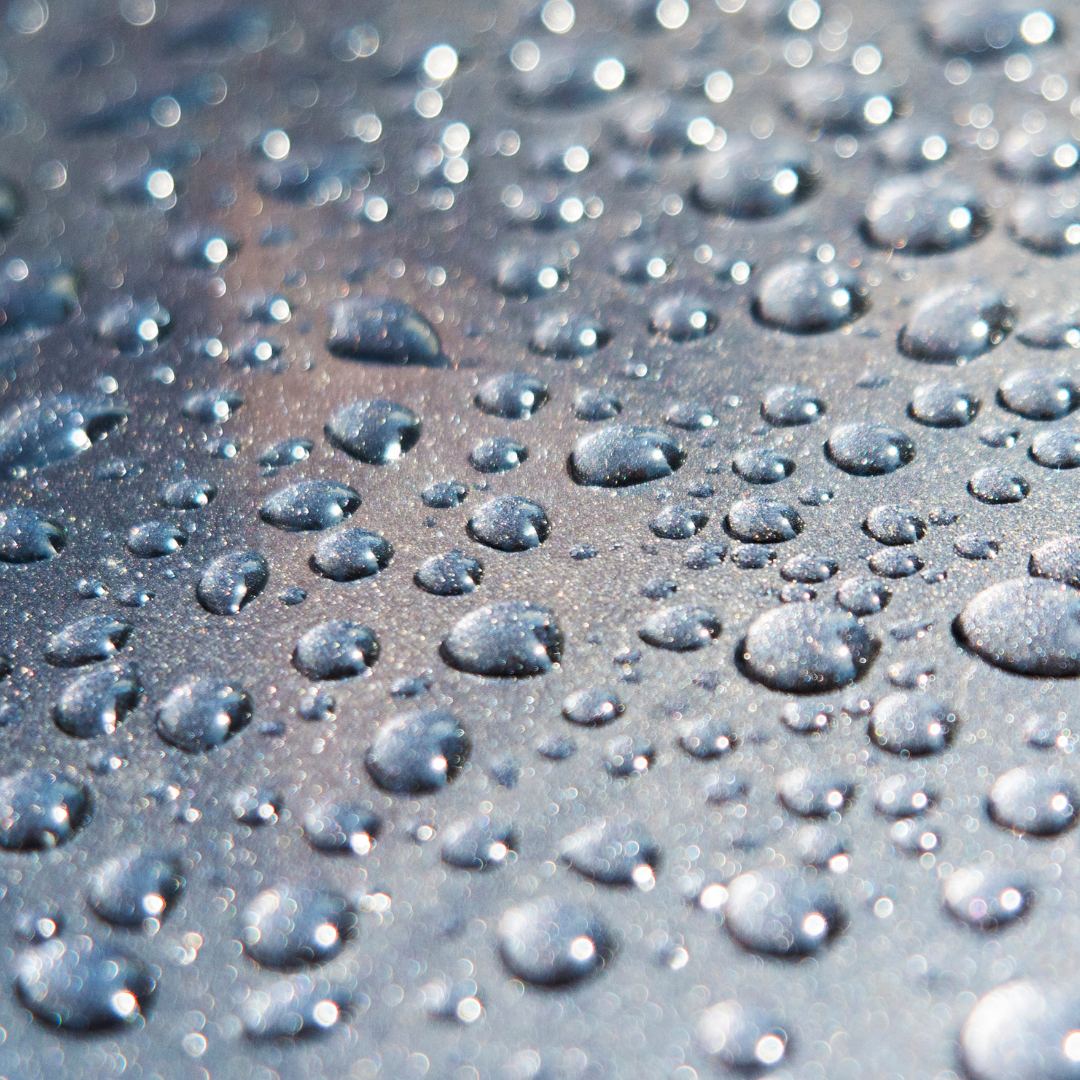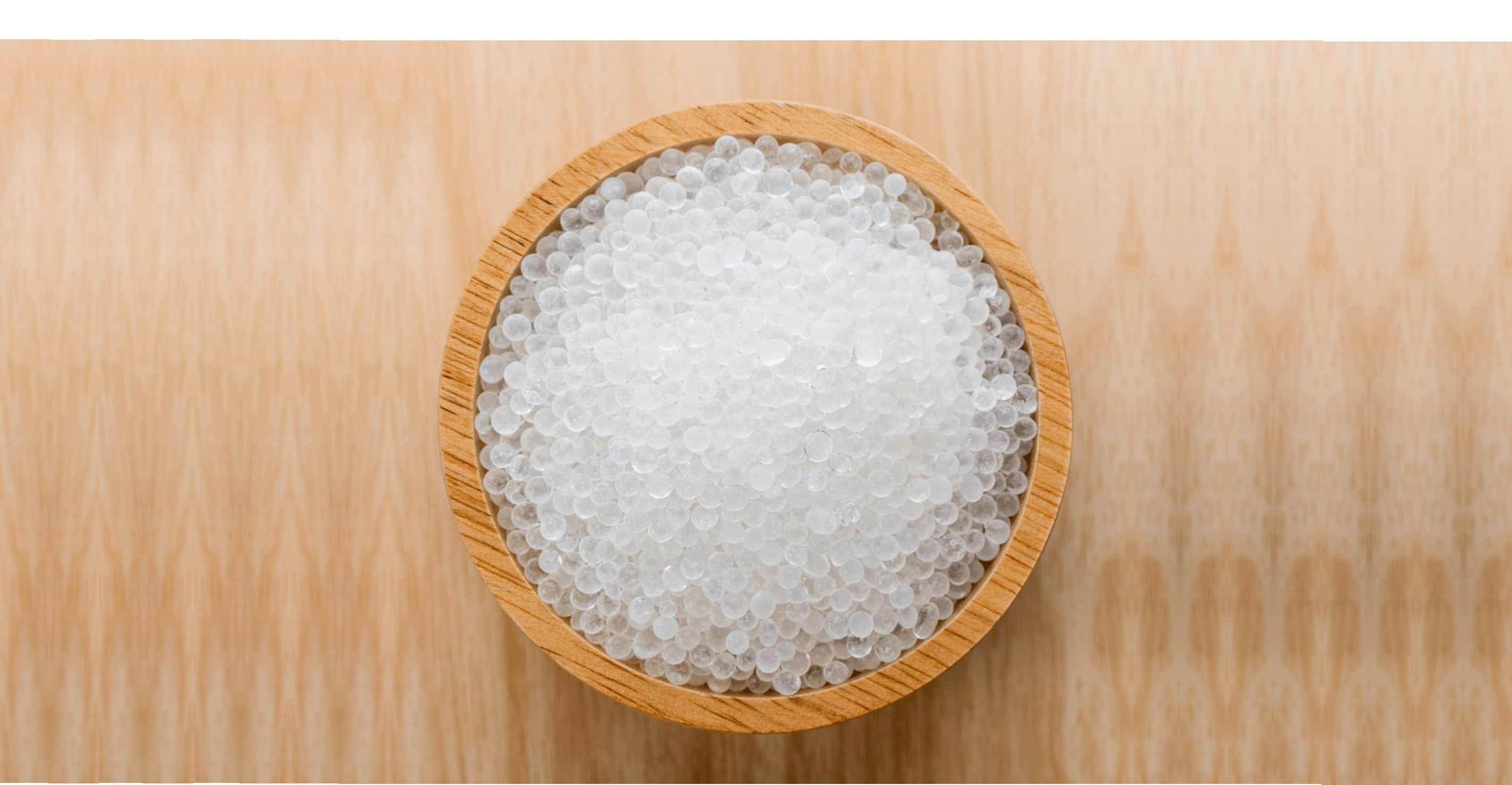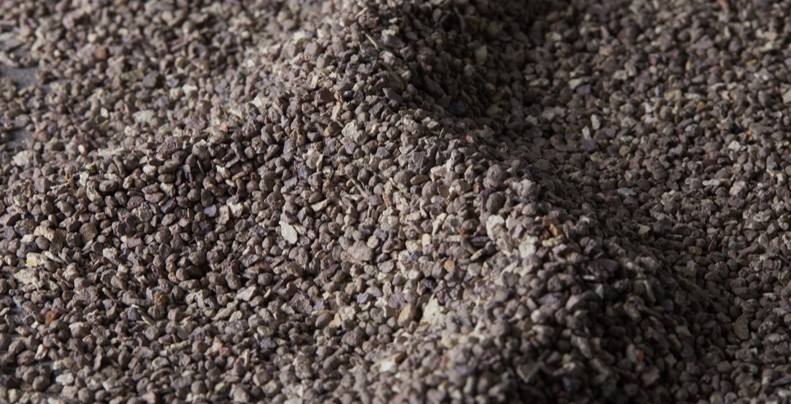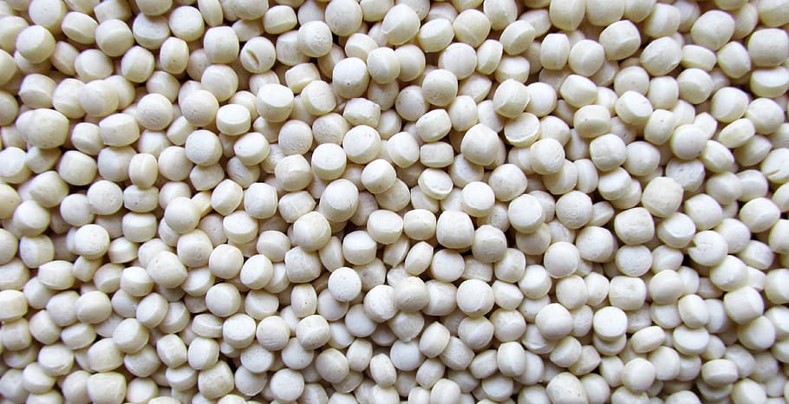A desiccant is a hygroscopic substance that is used to induce or sustain a state of dryness in its vicinity. Desiccants are most effective in closed environments. They are an effective way to control the moisture content inside product packaging’s and transport containers.
Sorbent materials used as desiccants have a particular affinity for water molecules, able to bond free water molecules from their direct surrounding. We can divide desiccants into two categories:

